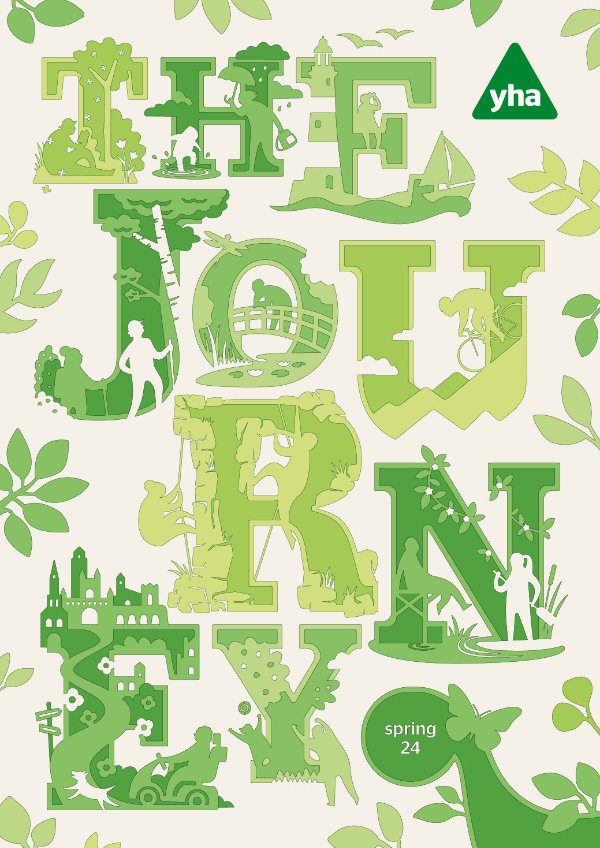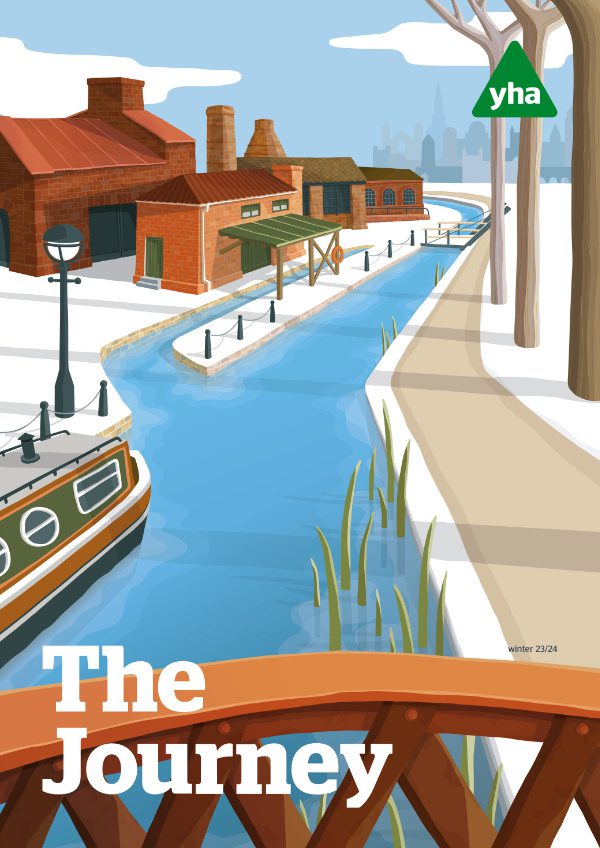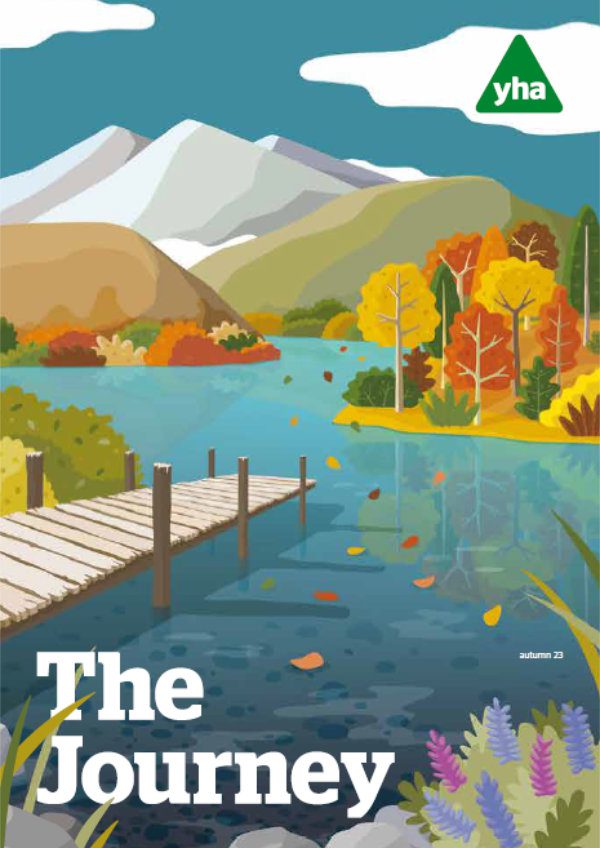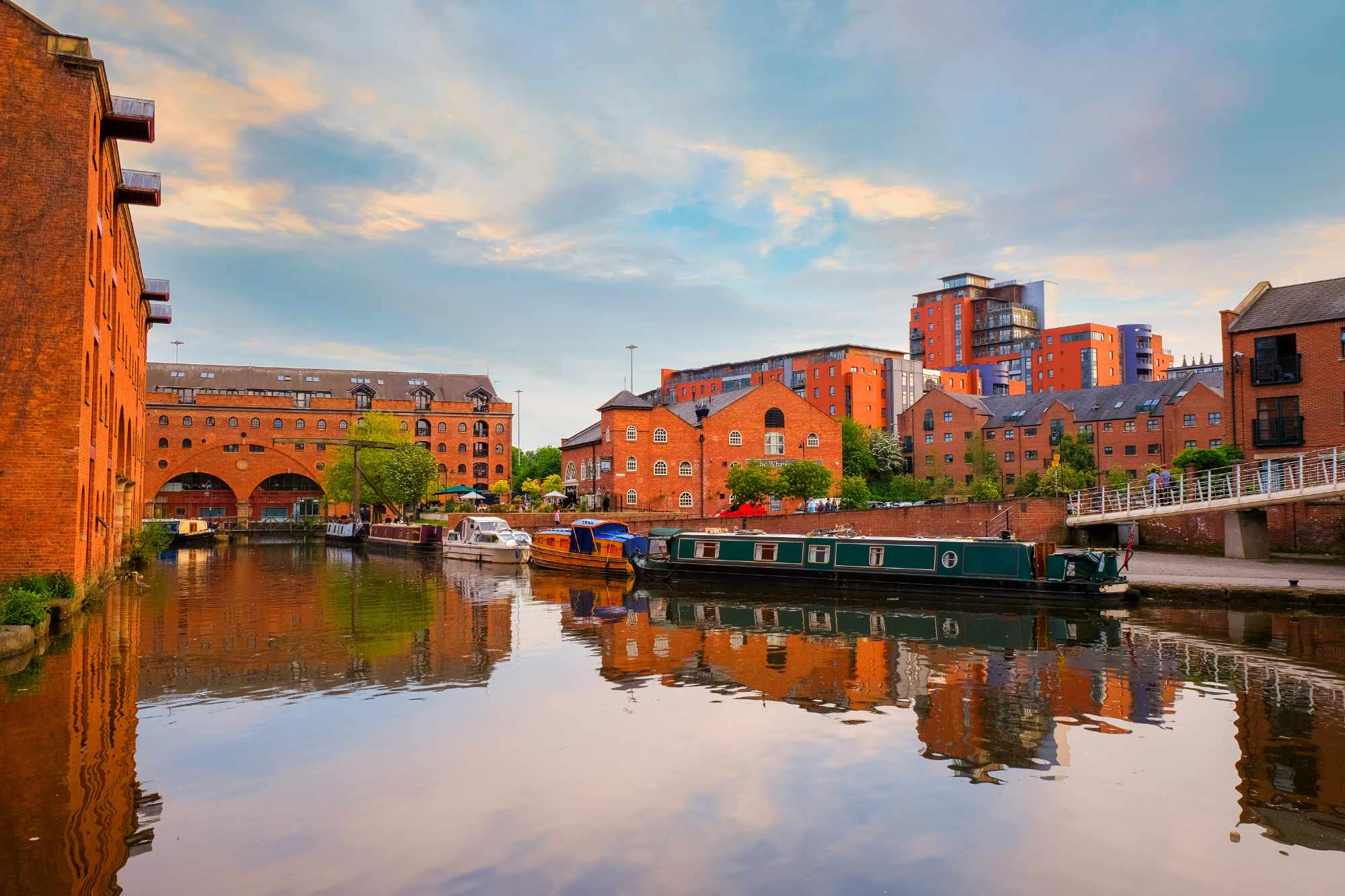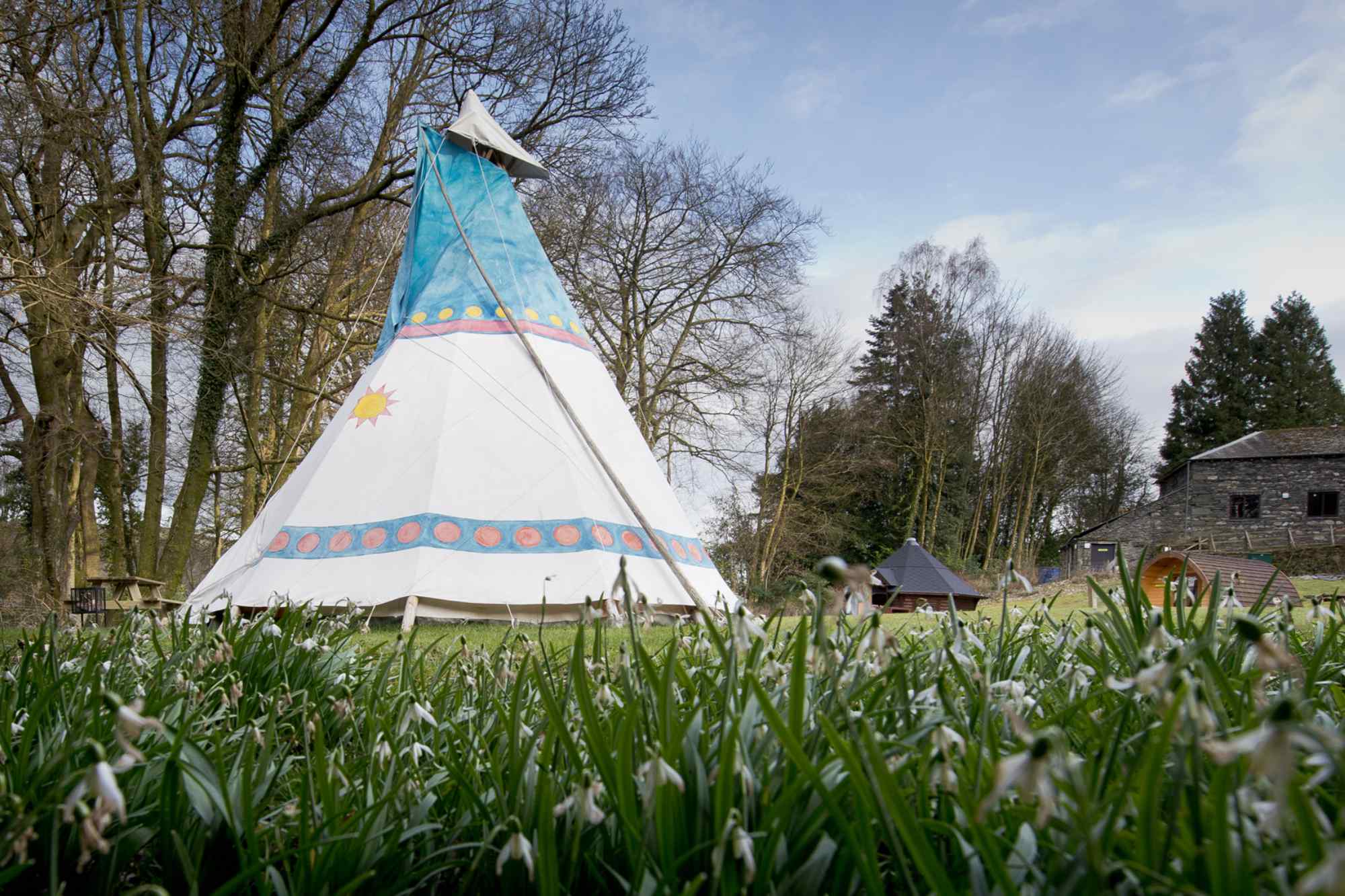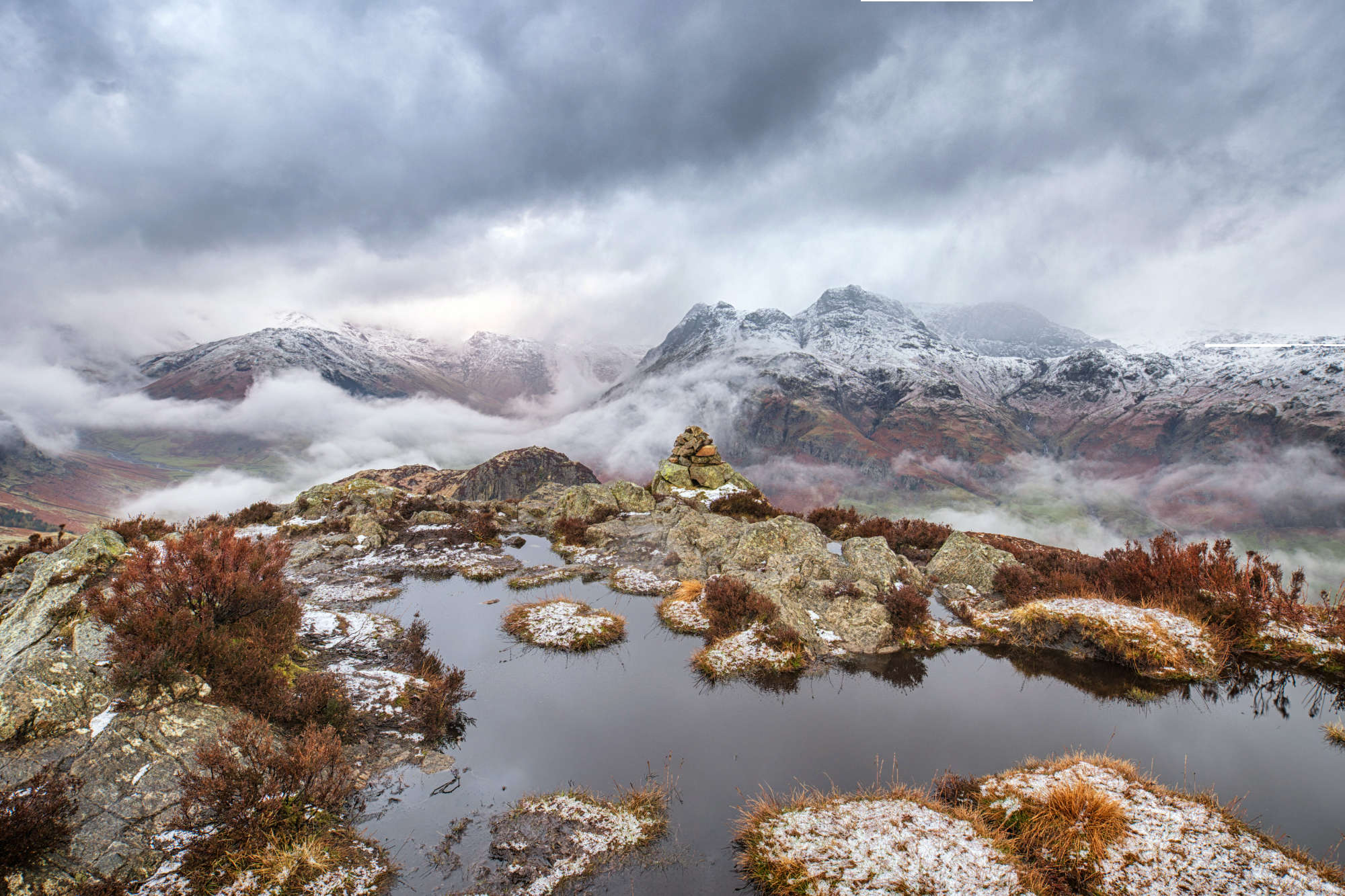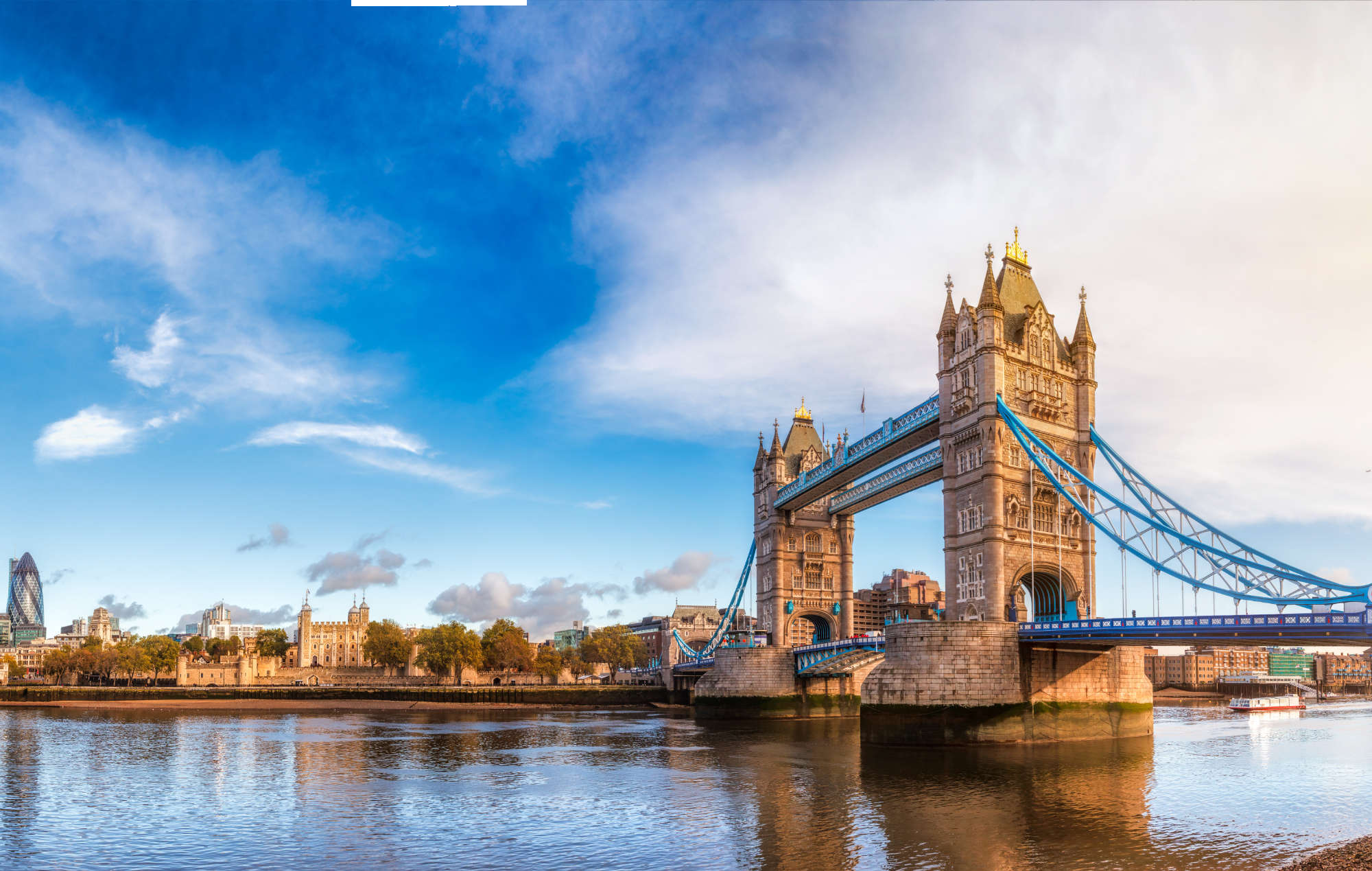We take a look at some of the UK’s ancient autumnal rituals and see where the traditions originated. Anyone for a piece of parkin?
Harvest Festival
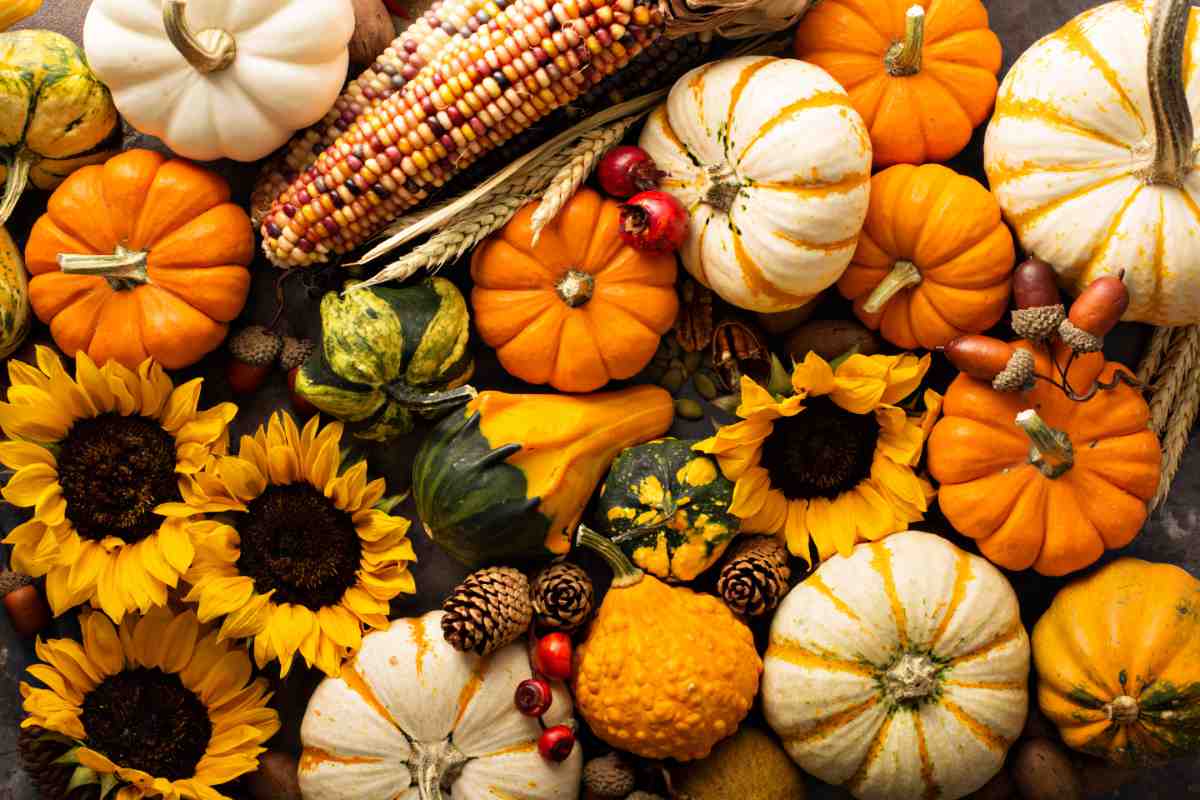
The word ‘harvest’ comes from the Old English word hærfest meaning ‘autumn’, aptly the season for gathering the food of the land. In the UK, harvest festival is traditionally celebrated on the Sunday nearest the harvest moon. This is the full Moon that occurs closest to the autumn equinox, normally falling towards the end of September, or early October. In the past, harvest festival would be whenever all the crops had been brought in and would involve the whole community, including children. Lives depended on a successful harvest. The villages would celebrate with a harvest supper, which many villages across the UK continue to do.
Pumpkin carving

Many may think this tradition originates in America but no, it has origins here in the UK. Only it wasn’t pumpkins that were carved, traditionally turnips were used. Due to turnips being harvested in the autumn, burning candles were placed into hollowed-out turnips and carved faces were used to scare off nasty neighbours and as a reminder of death. They’re thought to date back as far as the end of the 18th century when they were called Jack o’Lanterns or punkies. The children of Hinton St George still carry punkies around their village on the last Thursday in October chanting a special rhyme and led by the Punkie King and Queen. The legend from the village is that the original lanterns were made by the village wives going in search of their inebriated husbands lost on the way home from Chiselborough Fair.
Halloween
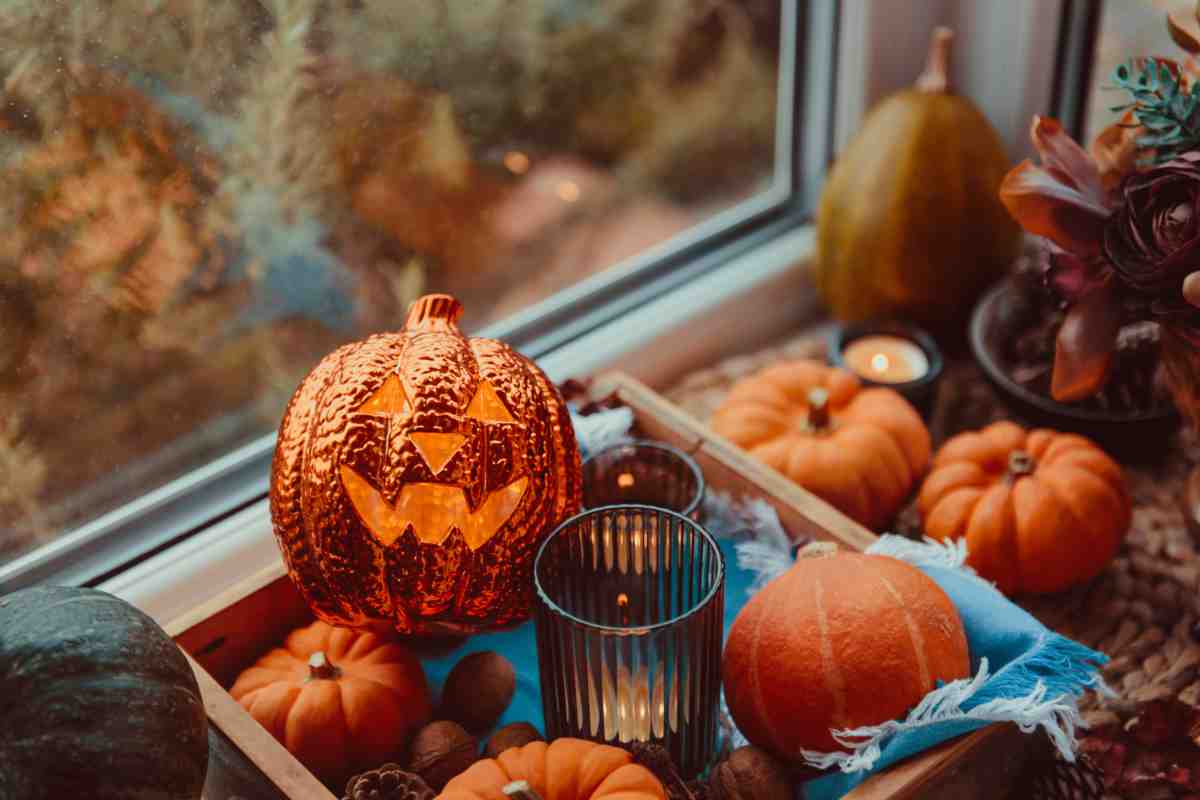
Historians think Halloween’s origins stretch back to a time even before the Romans, to a Celtic festival called Samhain, and that Halloween marked the beginning of the ancient winter. Halloween means ‘All Hallows’ Eve’. That’s because it’s the day before All Saints’ Day on 1st November – a day to honour all ‘hallowed’, or holy, people. Trick or treating has its origins in Yorkshire when children would misbehave on Halloween and it was called Mischief Night. They’d dress up in disguises and knock on the door of neighbours houses making noises of ghosts and then running away.
Guy Fawkes Night/Bonfire Night
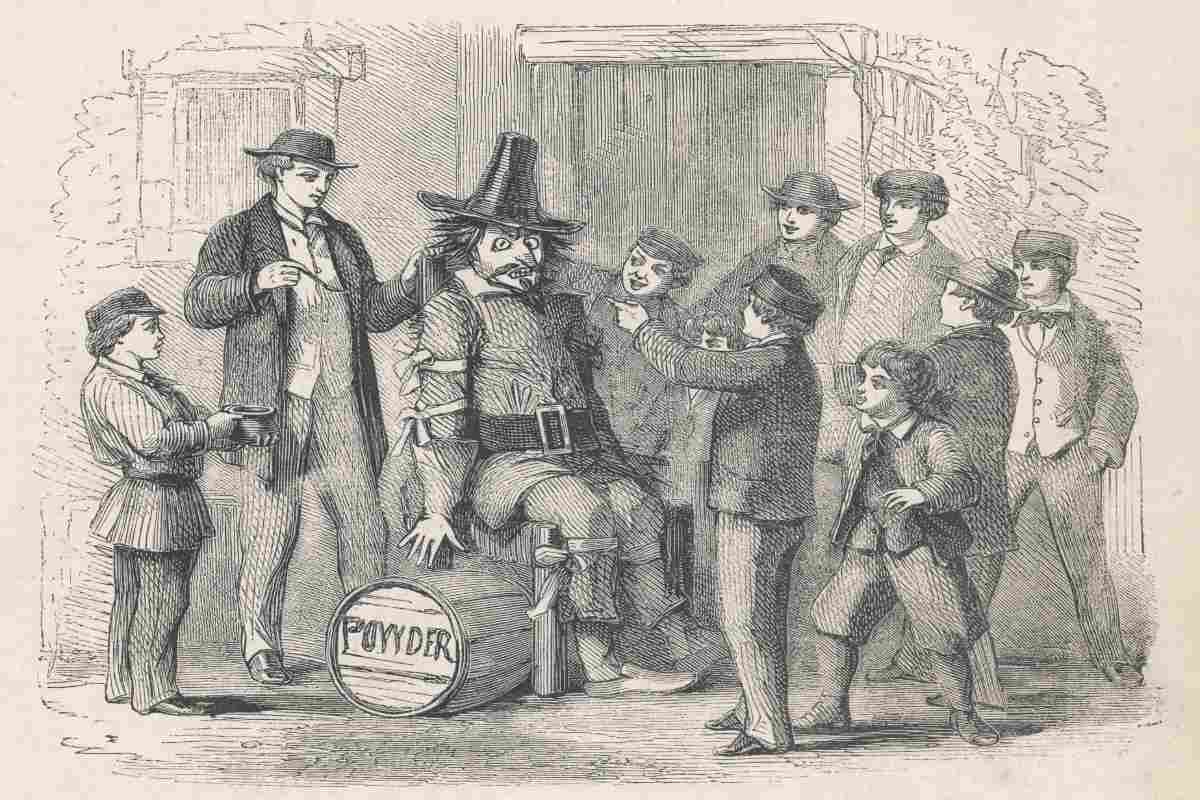
Bonfire night is an annual commemoration on the 5th November in the UK and it all links back to the events of that night in 1605. Guy Fawkes, a member of the Gunpowder Plot was arrested while guarding explosives that had been placed beneath the House of Lords. Celebrating that King James I had survived an attempt on his life, people lit bonfires all around London. The town of Lewes is now home to the biggest bonfire night celebrations. Every year Lewes Bonfire Society also remembers the 17 martyrs burnt to death by Mary I in the town in the 1500s. They host a torch-lit parade, a huge firework display and the blowing up of effigies.
Parkin
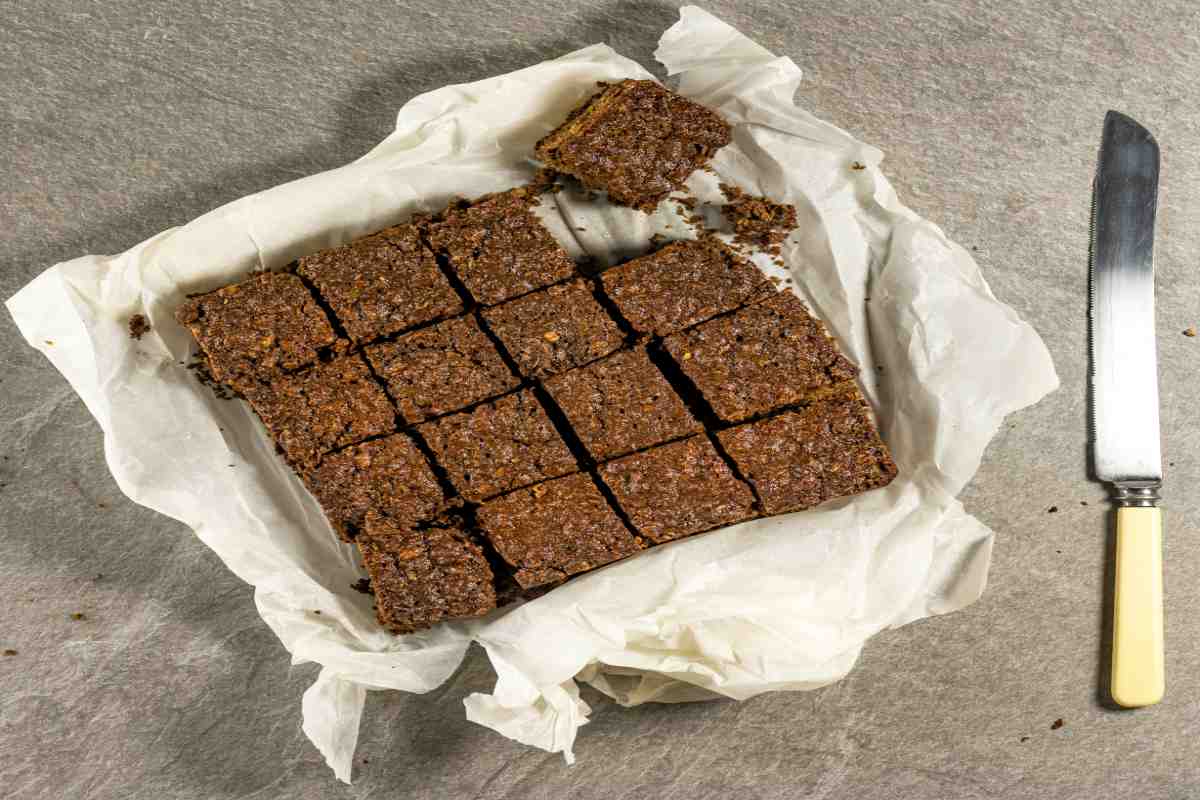
A bonfire night tradition is the tasty tread that is Parkin which is predominantly eaten in the north of England, especially in Yorkshire and Lancashire. Originally parkin was a celebration cake, eaten at winter festivals, a custom from the pagan practice of eating special cakes to mark the first day of winter. It is made with oatmeal which gives parkin its dense texture, ground ginger (a cheap spice) and black treacle (introduced in England in the 17th century and imported from the West Indies to the ports of Lancashire). Parkin was plainer than it is today as it was made with dripping rather than butter and early recipes didn’t include eggs. By the 18th century, as basic ingredients such as flour and sugar became cheaper, they were also included in the standard recipe, resulting in a lighter texture. Golden syrup, another later addition, adds a lovely flavour to the cake.
Old Clem’s Night

Celebrations on Old Clem’s Night, 23rd November, began with a bang when the town’s Blacksmiths filled a small hole in their anvil with gunpowder. This was then struck with a hammer, creating a shower of sparks and a loud boom. The blacksmiths would dress up in a wig, mask and cloak to represent Saint Clement and gather in the streets, singing loudly and staggering from tavern to tavern. At the same time, children would go clementing – knocking on doors begging for apples, pear and nuts in exchange for reciting rhymes. Indeed, it is believed that is the origin of the nursery rhyme ‘Oranges & Lemons’. There is reference to an Old Clem’s song in Charles Dicken’s Great Expectations when Pip sings the song ‘Old Clem’ to Miss Haversham. Old Clem’s Night has all but died out now, apart from a few places across the UK including Chatham in Kent, where the tradition continues.
Winter solstice

Winter solstice (the word ‘solstice’ comes from the Latin solstitium meaning ‘sun stands still’) marks the day of the year with the fewest sunlight hours. It always falls between December 19 and 22 (in 2021 it’s on Tuesday 21st December). Usually, it falls on the 21st in the UK, but sometimes it lands differently because it takes Earth 365-and-a-quarter days to go around the sun. This extra quarter day is why we add a day to the calendar every four years with a leap year. The event is one of the oldest winter celebrations.
The day is mainly celebrated by Pagans and Druids who head to Stonehenge in Wiltshire. Stonehenge is thought to have been constructed around 2,000BC and is carefully aligned on a sight-line that points to the winter solstice sunset. In the past, the winter solstice was a time when cattle were slaughtered so that the animals would not have to be fed during the winter, and the majority of wine and beer was fermented to stock up for the colder months.
Make the most of this season and discover autumn escapes with YHA.
Photo credit: MiaStendal / fahrwasser / okrasiuk / DenisProduction.com / Archivist / Stephen Knowles / Alex / Pawel / Adobe Stock
